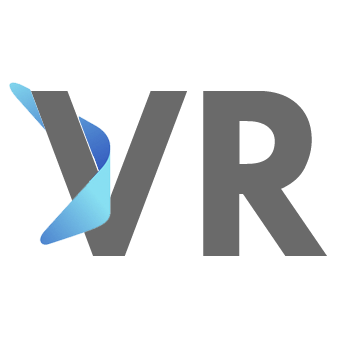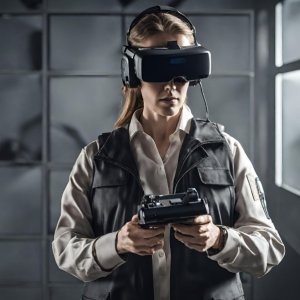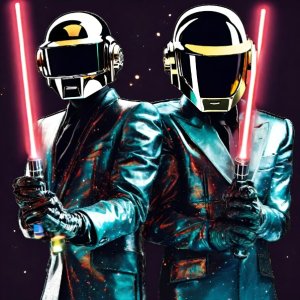Virtual Reality Development Guide: Crafting Immersive Experiences
Virtual Reality (VR) has transcended science fiction and emerged as a thriving technology with applications spanning gaming, education, and healthcare. If you’re eager to dive into the world of VR development with a strong focus on product design, this comprehensive guide is your gateway. In this article, we’ll navigate the fundamental aspects of VR, the indispensable tools, and the pivotal role of design in creating standout VR projects.
Understanding Virtual Reality Development
Before we embark on the journey of VR development, it’s crucial to grasp the essence of VR and its functioning. VR technology immerses users in a digital realm, typically through a head-mounted display, delivering an unparalleled sense of presence and interaction with the virtual universe. VR serves as a unique medium for storytelling, training, and entertainment, making it an exciting arena for product design.
Essential Tools and Software: Your VR Toolkit
To commence your VR development odyssey with a keen eye on product design, you must be equipped with the essential tools and software:
Development Platform: Unity and Unreal Engine
Unity and Unreal Engine stand as formidable choices for VR development, boasting robust libraries, asset stores, and immersive experience creation tools.
VR Hardware: Explore the Realms of VR Headsets
Familiarize yourself with VR headsets such as Oculus Rift, HTC Vive, or Oculus Quest. A profound understanding of the diverse capabilities and constraints of different hardware is paramount for effective product design.
3D Modeling Software: Shaping Virtual Worlds
Harness the power of 3D modeling software like Blender or Maya. These tools are indispensable for crafting 3D assets and immersive environments within your VR project.
The Development Process: Crafting VR Excellence
Let’s delve into the key phases of VR development with an unwavering focus on product design:
Conceptualization: Crafting a Vision
Initiate your VR product journey with a crystalline concept. Define its purpose, target audience, and the extraordinary experiences it will offer. Delve into how VR can elevate user interaction with your product.
Design and Storyboarding: The Blueprint for Immersion
Concoct a storyboard or wireframes to chart the user’s voyage through your VR experience. Pay meticulous attention to user interface (UI) and user experience (UX) design, ensuring seamless alignment with your product’s objectives.
Prototyping and Testing: Shaping Perfection
Craft a prototype of your VR product and subject it to a battery of tests on various VR headsets. The insights gleaned from user feedback will be your guiding light in refining design and interactions.
3D Modeling and Asset Creation: Building Virtual Realities
Leverage 3D modeling software to sculpt assets, objects, and environments for your VR venture. Optimize these elements for impeccable performance and lifelike realism.
Coding and Development: Breathing Life into VR
Breathe life into your VR project through coding on your chosen development platform. Implement captivating features like user interactions, animations, and immersive audio elements.
Testing and Optimization: Ensuring Excellence
Conduct exhaustive testing of your VR product across diverse hardware configurations, guaranteeing optimal performance and user comfort. Aim for a seamless frame rate and minimal motion sickness.
Product Launch: Sharing Your Vision
Prepare your VR creation for launch on platforms such as Oculus Store or SteamVR. Adhere to submission guidelines and deploy savvy marketing strategies to maximize your project’s reach.
The Crucial Role of Product Design in VR
Product design occupies a pivotal position in VR development. In the virtual realm, users heavily rely on intuitive design and interactions. Keep the following principles in mind when focusing on product design:
- User-Centered Design: Prioritize user comfort and experience. Craft interfaces and interactions that are user-friendly and easily navigable.
- Immersive Environments: Create VR landscapes that enthrall users and harmonize with your product’s narrative or purpose.
- Interactivity: Harness VR’s unique capabilities for interaction. Incorporate features like hand tracking, gaze-based interactions, and spatial audio to heighten user engagement.
- User Feedback: Continually gather user feedback and iterate on your product’s design. VR development is an evolving process, and user input is priceless.
In Conclusion
In conclusion, stepping into VR development with a product design focus unlocks a realm of boundless possibilities. Armed with an understanding of VR fundamentals, equipped with the necessary tools, and guided by a structured development process, you can create immersive VR products that leave an indelible mark. Product design serves as the linchpin in ensuring that your VR experiences stand out, offering users unforgettable journeys. Take your inaugural steps into the Virtual Reality development realm, and let your creative vision shape the future of immersive technology.






